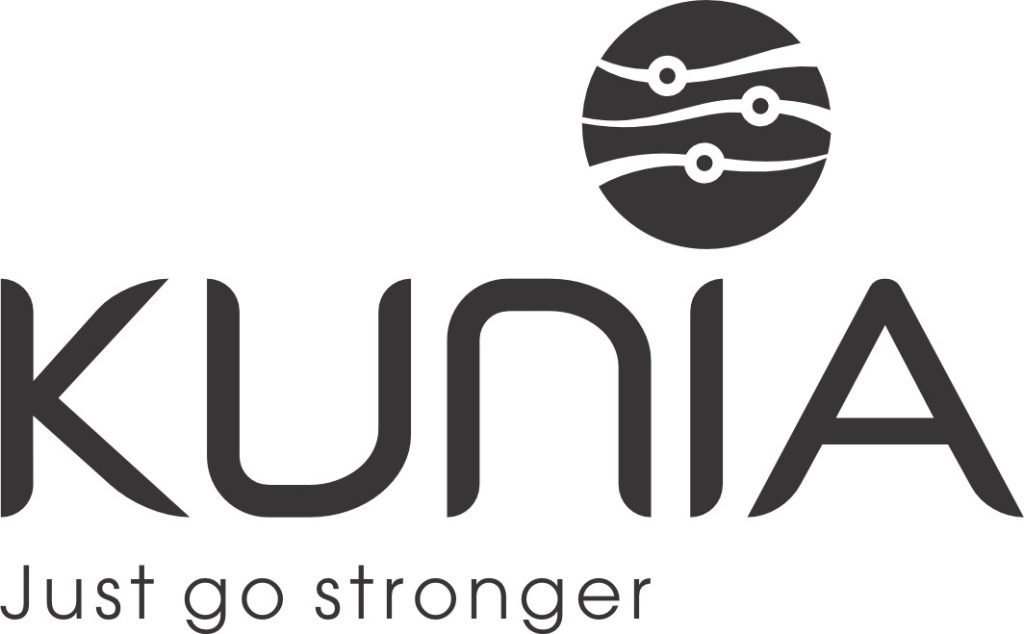Asset and Risk Management
Risk and asset management is a process that involves the process of identifying, assessing, and reducing the risks that are associated with assets of an business. This includes physical assets like equipment and buildings, as well as intangible assets such as intellectual property and data. The aim is to safeguard the value of these assets and ensure they are being used effectively to achieve business objectives.
To conduct a successful assessment of risk for assets the first step is to determine all the assets of a business. This includes both physical assets as well as intangible assets, like intellectual property and customer lists. Once all the assets of a business have been identified, the next step is to assess the risks associated with each. This includes the possibility of loss and the risk of unauthorized access or use.
After a business has assessed its risks, it’s important to assess the nature of any losses or breaches and how they can be minimized. A good asset management plan https://expertalmanagement.de/2021/06/19/die-vorteile-der-nutzung-eines-datenraums-fur-due-diligence/ is essential, as it allows businesses to implement strategies that can minimize the chance of risk and limit any losses.
It is also critical to map out the operational risks that are associated with business processes ‘front to back and know how these risks are related to each of the company’s products. This will give information and understanding of the risks associated with each product and help prioritize efforts to address these risks.
